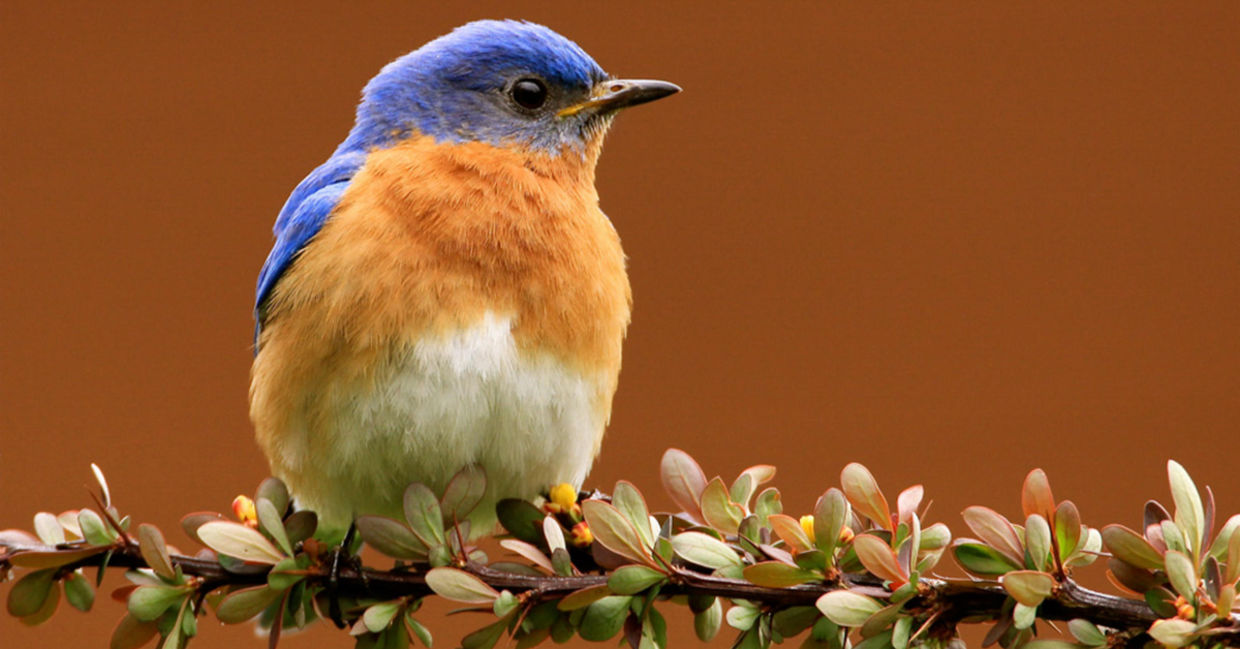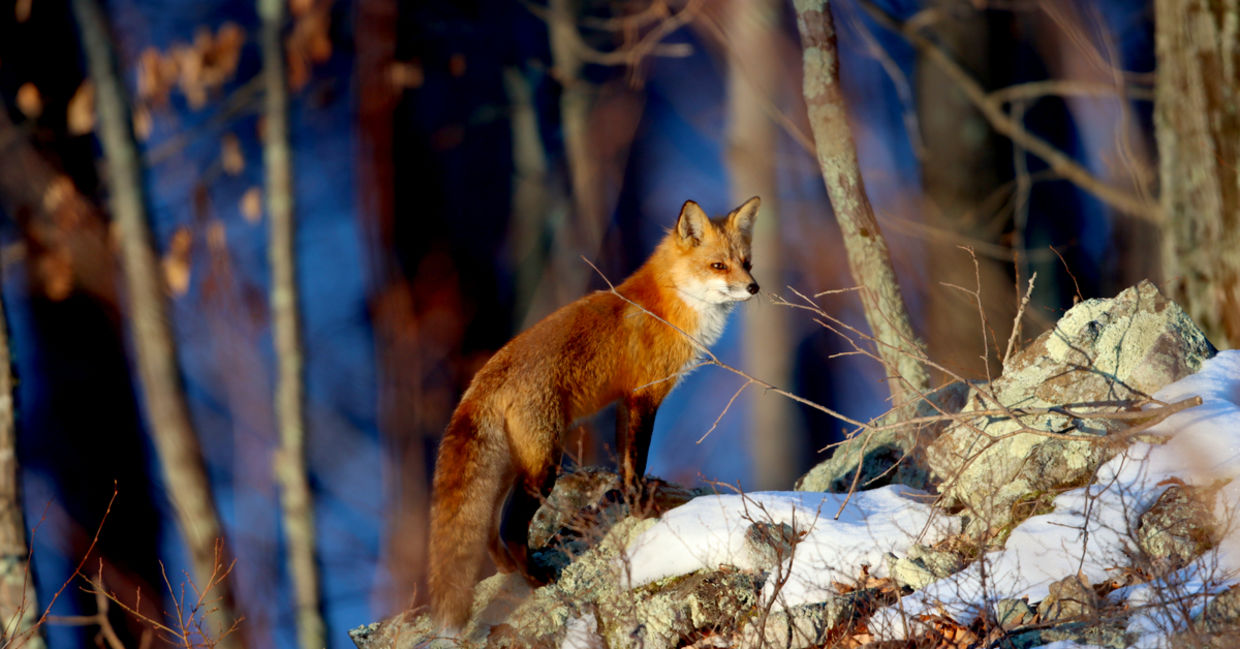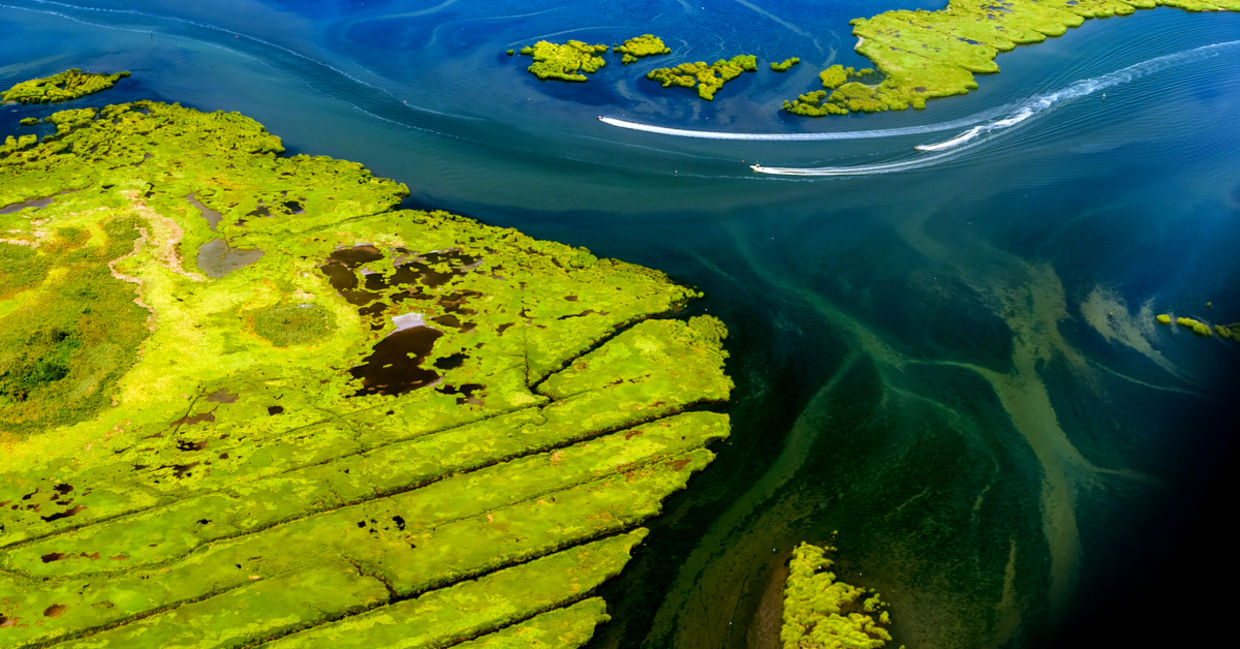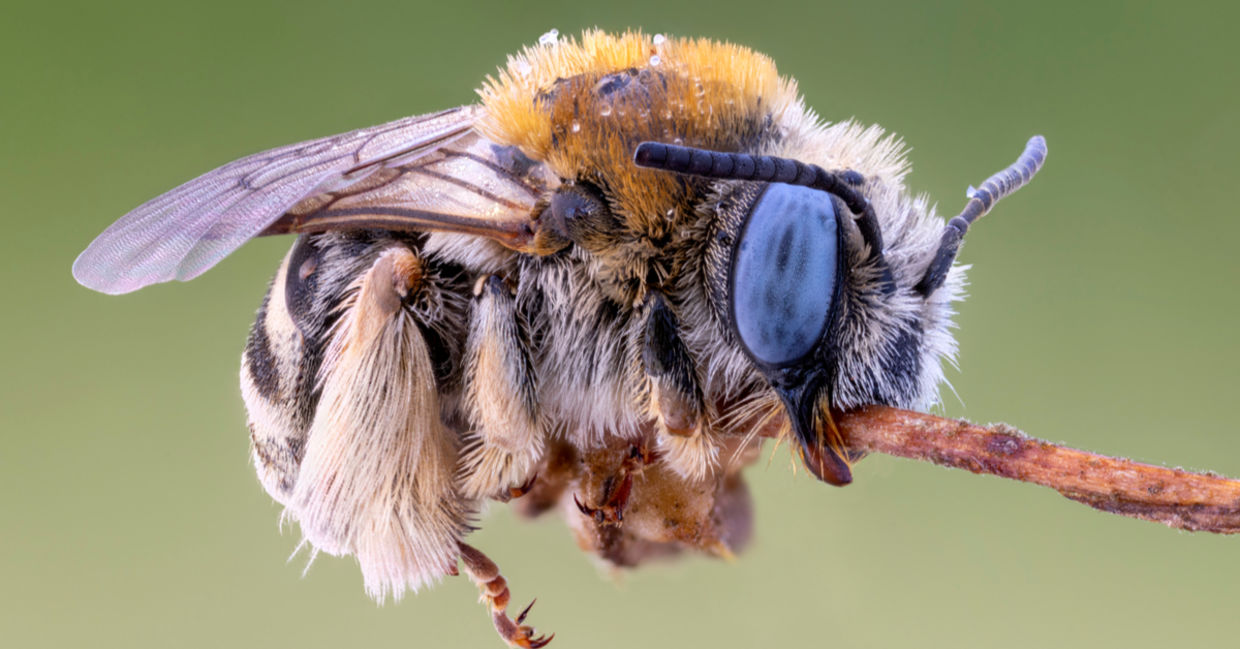
(MTKhaled mahmud / Shutterstock.com)
Bats, coyotes, beavers, and bald eagles are just a few of the wildlife species that have recently made New York City their home. The Big Apple is perhaps not a place you associate with a real diversity of wildlife so you may be pleasantly surprised to learn that more animals have been migrating to New York City and staying.
Andrew Benepe, the president ofBrooklyn Botanic Garden, shared with theNew York Times, that over the past several years, New York has been experiencing an impressive return of native wildlife. A veteran of the parks, serving 30 years as a park ranger, Benepe says that even some species that had not been seen for generations are now returning.
Biodiversity more apparent in New York
Sightings of endangered butterflies and rarenative beeshave been reported throughout the city. Staten Island has seen beavers, salamanders and leopard frogs. The Bronx is seeing unprecedented minks, foxes and wild bobcats. New York’s waters are also experiencing a spike in aquatic life, with American eels, osprey, egrets, and endangered alewife herring in its rivers. And oysters, seahorses, the world’s most endangered sea turtle (Kemp’s ridley turtle), and baby seals have been spotted in Queens according to the New York Times.Seemingly, animals began to resettle a “human-free outside”, while people were confined to their homes during the recentpandemic. However, the return of wildlife to New York City, according to Kathryn Heinz, the executive director of theNYC Audubon Societythat promotes the conservation of birds and their habitats, is actually due to a 40- year effort to clean up the parks, rivers and forests, the New York Times reports. Over the years,the city invested in planting native flowers and trees, passed laws to ban pesticide use in parks, and spent significant sums on converting landfills into nature sanctuaries.

(Lisa Basile Ellwood / Shutterstock.com)
Wetlands and grasslands provide habitats for thousands of plants and animals
It’s not only the cities that New York has beenmaking greener, but also itswetlandsand grasslands. According to the city parks department, New York has restored 148 of its 5,650 acres (22.86 square kilometers) of wetland since 1993. Wetlands are not only beneficial to the animals that live in them, but can help prevent flooding, which is important for New York which experiences massive storms and hurricanes each year.
纽约最大的项目之一是恢复the world’s largest landfill inFresh Kills, Staten Island into habitable grassland. Although still under construction, the 2,200 acres (890 ha) preserve has already more than 200 species of birds and a growing fox population.
The city currently stands on 77,580 acres (31,395 ha) of green space according to theNatural Areas Conservancy, a nonprofit created under Mayor Mike Bloomberg’s administration in 2012, but it comes at a price. Park officials are critical of the current park funding which remains at 0.6 percent of the total budget. They point out that the need for financial support remains critical as New York has been overwhelmed by storms, especially this year’sHurricane Ida. Mayoral candidates for New York have pledged to raise budgets by 1 - 2% but officials hope they will see more regulations in protecting the parks and wetlands too.

(Vidu Gunaratna / Shutterstock.com)
Experts are optimistic about New York’s green future
Officials are still in high spirits about the reemergence of wildlife, however. Rare species are finding homes and even multiplying. Only witnessed once in Brooklyn over the last few decades, the rare blueberry digger bee has been mating in the native blueberry bushes of Brooklyn Bridge Park.
New York has made a big difference but Ms McMackin, horticulture director of this park, wants people to know that they can too. She is encouraging New York residents to plant bushes in their yards, rooftops and terraces in order to help bring back the blueberry digger bee.
Thiscommunity effortcanextend to any contribution towards sustaining wildlife. Planting more trees, flowers and plants and being more considerate to the wildlife neighbors that share the planet are small steps that anyone can take to help restore the planet to support multiple flora and fauna.

(ozgur kerem bulur / Shutterstock.com)







